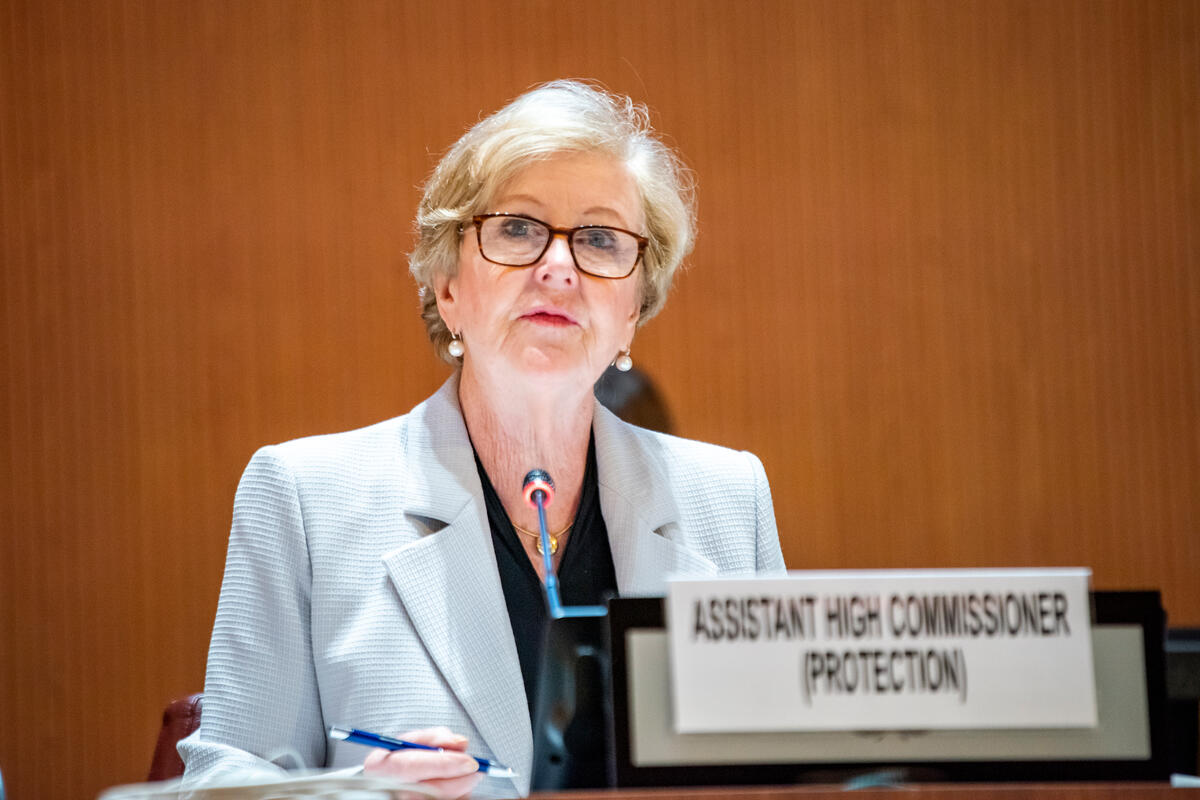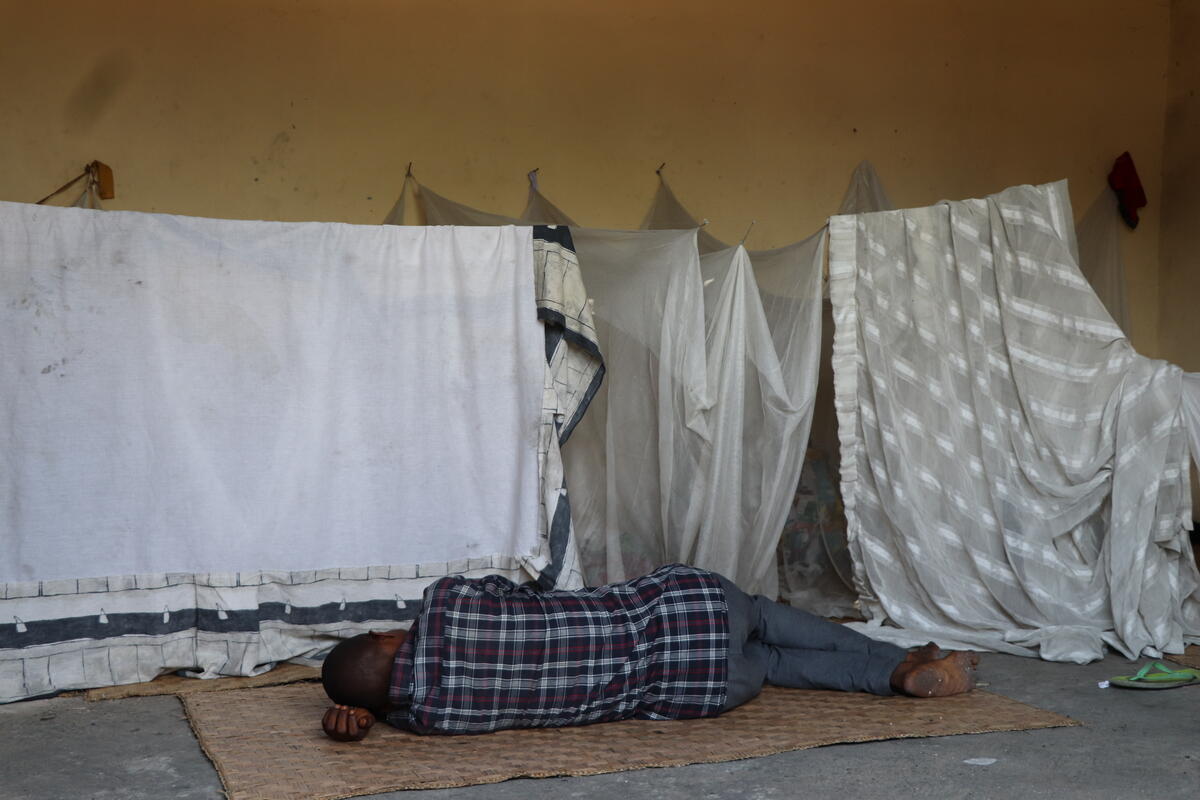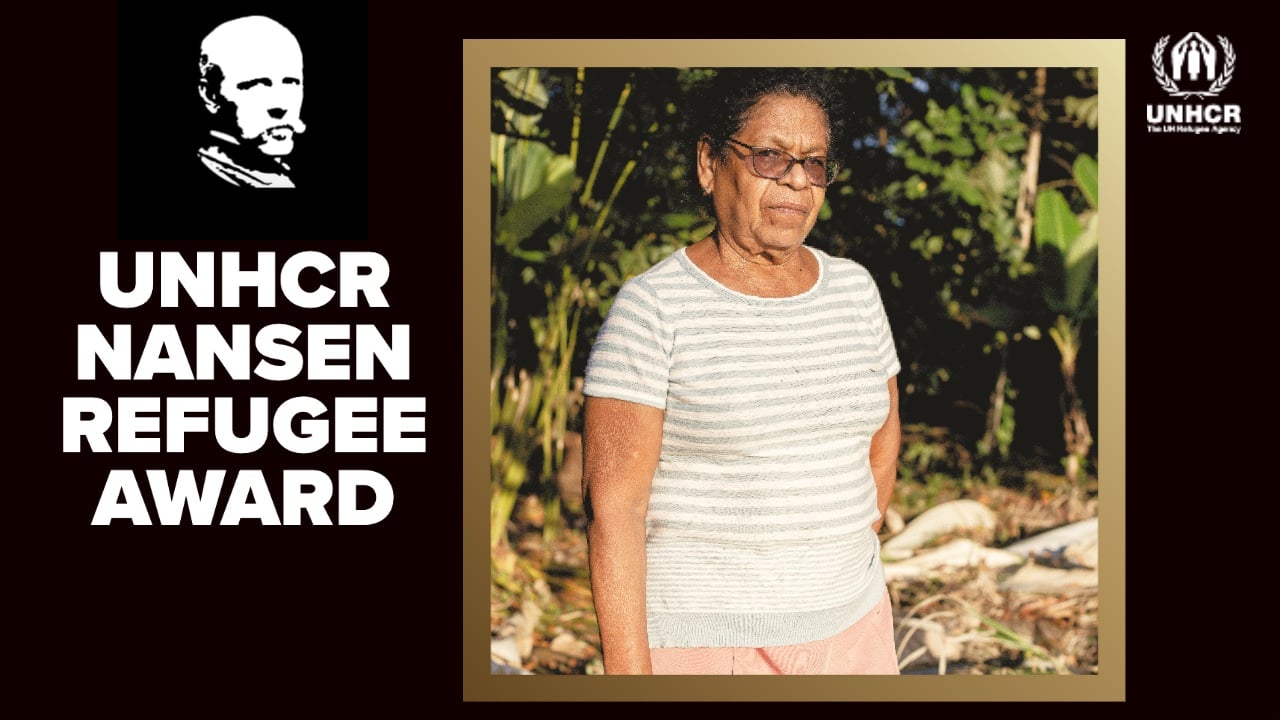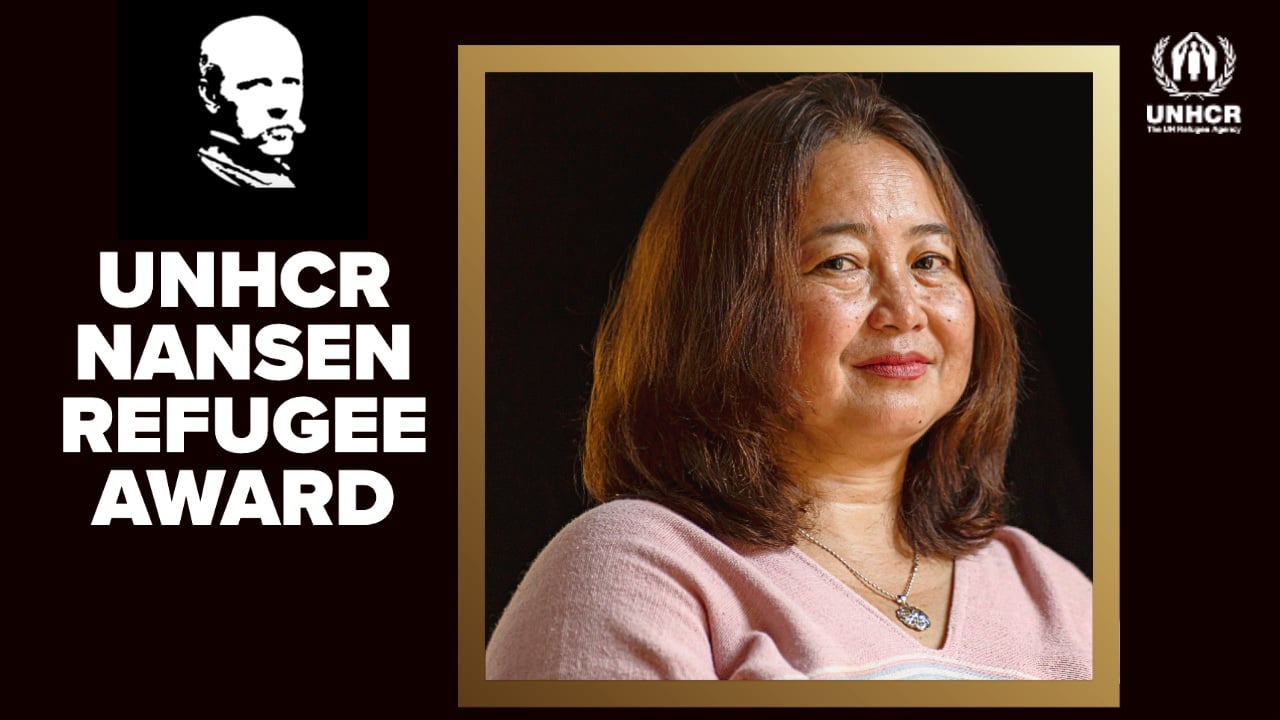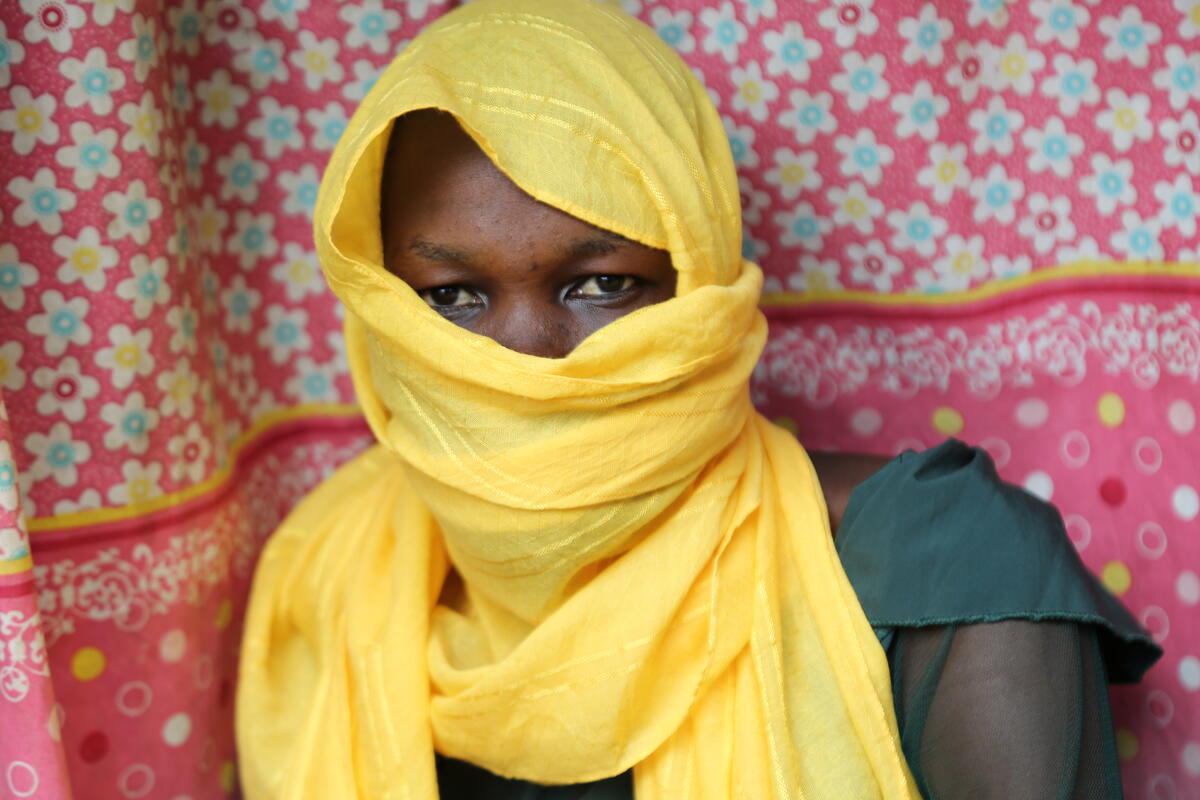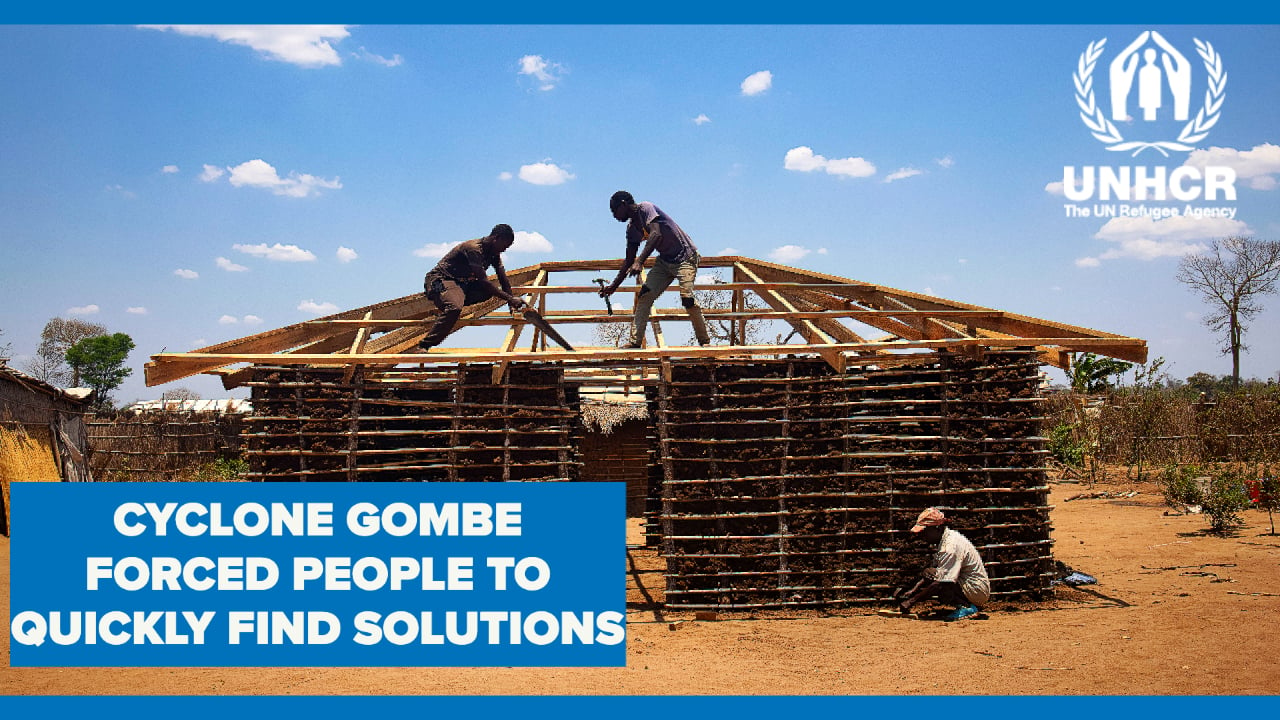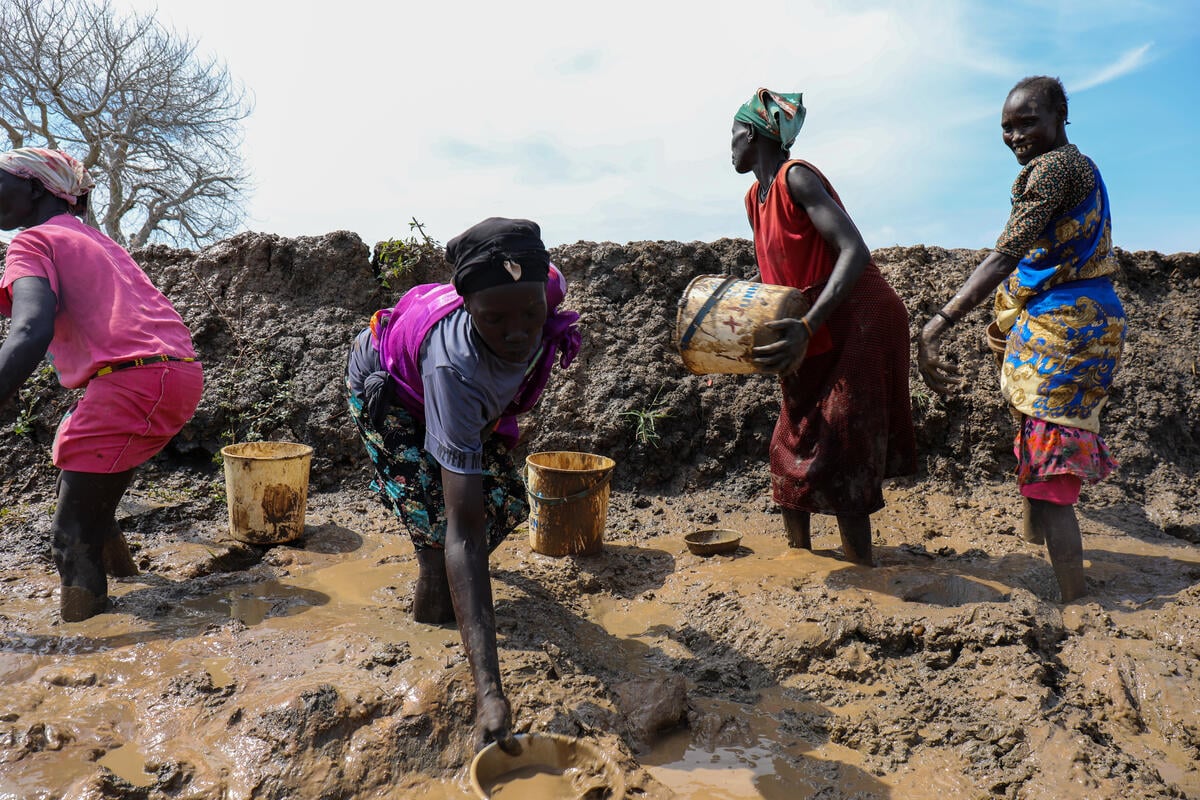UNHCR outlines way forward on Nigeria displacement
UNHCR outlines way forward on Nigeria displacement

OSLO, Norway – As growing numbers of displaced Nigerians start to return home, UN High Commissioner for Refugees Filippo Grandi on Friday co-presented a way forward for ensuring protection, access and lasting solutions for them.
“The two strategies of protection and solutions should go hand in hand. To do this we need access … this is the very big challenge,” stressed Grandi, who is in Oslo for a major international conference on Nigeria and the Lake Chad Region.
He earlier said that at this important juncture in the displacement crisis, with an estimated 8.5 million Nigerians requiring humanitarian aid in 2017, it was important to ensure a principled and sustainable approach in the search for solutions.
“The two strategies of protection and solutions should go hand in hand."
To that end, UNHCR, the UN Refugee Agency, and the Nigerian Government presented a vision in Oslo for moving forward, entitled “Directions on Protection, Access and Solutions for IDPs and Returnees in North-East Nigeria.”
Discussed as part of a special thematic session at the conference, the document focuses on opportunities for solutions; critical protection needs; and empowerment and social cohesion.
With return movements of internally displaced people - some 950,000 since August 2015 - and refugee returnees from neighbouring countries under way in Borno, Adamawa and Yobe states, the document says “it is critical that these returns remain voluntary, occur in safety and in dignity, and that additional opportunities for solutions are identified and seized upon.”
It says the “effective protection of civilians leads to opportunities for durable solutions to displacement.” This includes protection from refoulement (forced return) and the fundamental requirements for informed and voluntary returns in safety and dignity. “Where these conditions are not met, returns will not be sustainable, and may result in further exposure of displaced persons to violence and new displacement.”
Under the directions paper, opportunities for solutions focusing on voluntary returns would be prioritized. In some of the return areas, people receive limited assistance but a sustainable return needs a significant increase in support from the government and donor community.
The paper notes that many protection issues in areas of displacement and potential return can contribute to violence and present obstacles to stability. It puts a priority on measures to ensure physical security, freedom of movement and humanitarian access and proposes stepped up response to sexual and gender-based violence as well as protection of children from violence exploitation and abuse.

Other calls include ensuring access to psychosocial support and resolution of land and property issues by creating effective and accessible arbitration mechanisms and providing support to local authorities and civil society to ensure legal services and assistance to displaced people in conflict-affected areas.
The document notes that the conflict in the north-east had dramatically worsened an already dire socio-economic situation and increased social exclusion, inequality, marginalization of some groups, tension and violence within and between groups.
“Systematically addressing these factors is a complex undertaking, but one which is fundamental to attaining and sustaining solutions.” It proposes promoting gender equality and inclusion; community reconciliation; peace-building; social cohesion; inclusion; empowerment, de-radicalization; recovery, reconstruction and development.
“Addressing these factors is a complex undertaking, but one which is fundamental to attaining and sustaining solutions.”
The document addresses several specific issues in more detail, including humanitarian access and participation in decision-making. “Specific measures must systematically be taken to ensure the full and equal participation, including in leadership structures of women, youth, older persons, persons with disabilities and other groups at risk of marginalization.”
Donor nations attending had earlier in the day announced substantial donations towards operations to help people in north-east Nigeria and the Lake Chad region. The Oslo conference was organized by the governments of Norway, Nigeria and Germany with support from OCHA, with the aim to raise awareness about a largely overlooked crisis and to seek funding as well as greater political commitment to solutions.
High Commissioner Grandi, who visited Nigeria, Niger, Chad and Cameroon last December to highlight the crisis, also took part in a panel discussion at a civil society conference on Thursday.
Approximately 26 million people in the Lake Chad region have been affected by the conflict, according to government figures, and more than 2.6 million displaced. The crisis has been exacerbated by conflict-induced hunger and malnutrition which have risen to critical levels. Some 14 million Nigerian in the six most affected states are in need of humanitarian assistance this year. About 200,000 refugees have fled to neighbouring countries.


